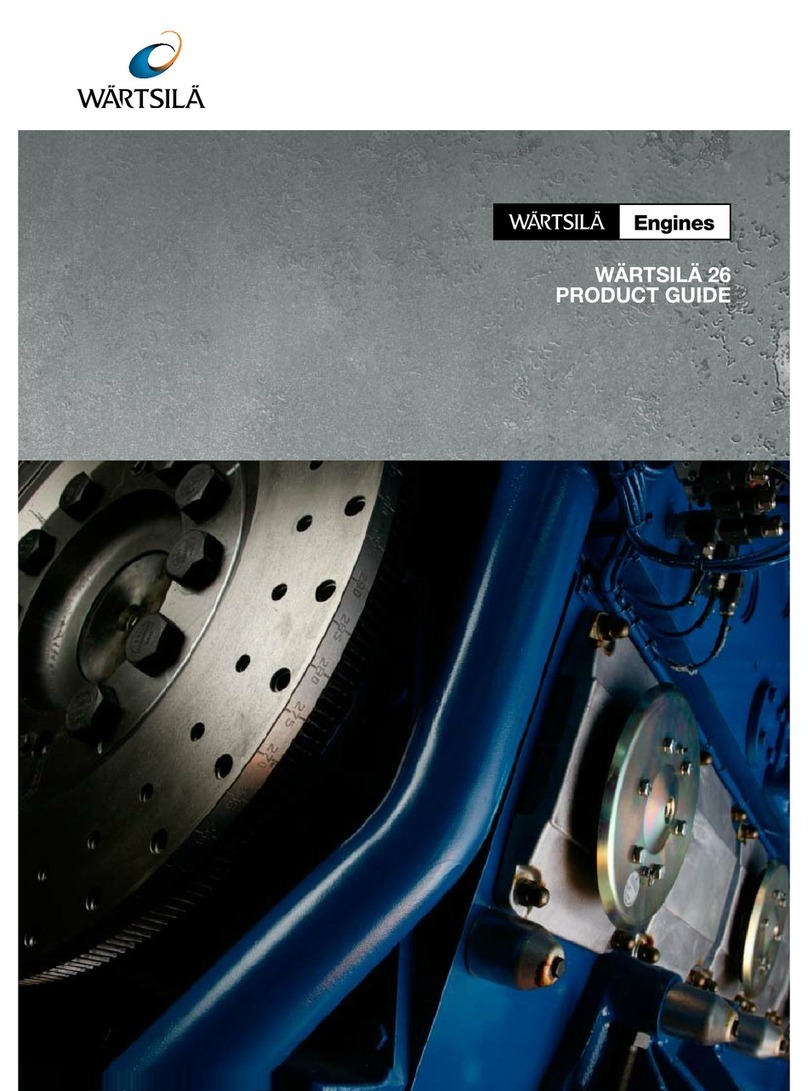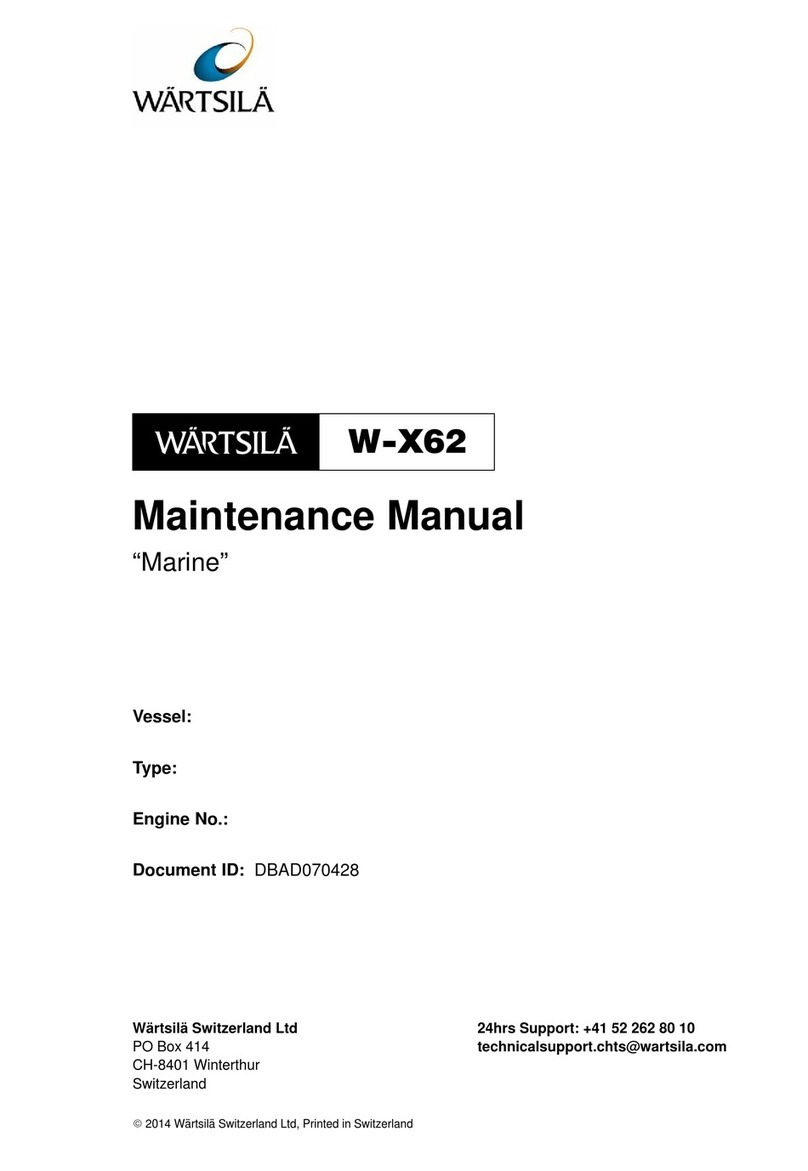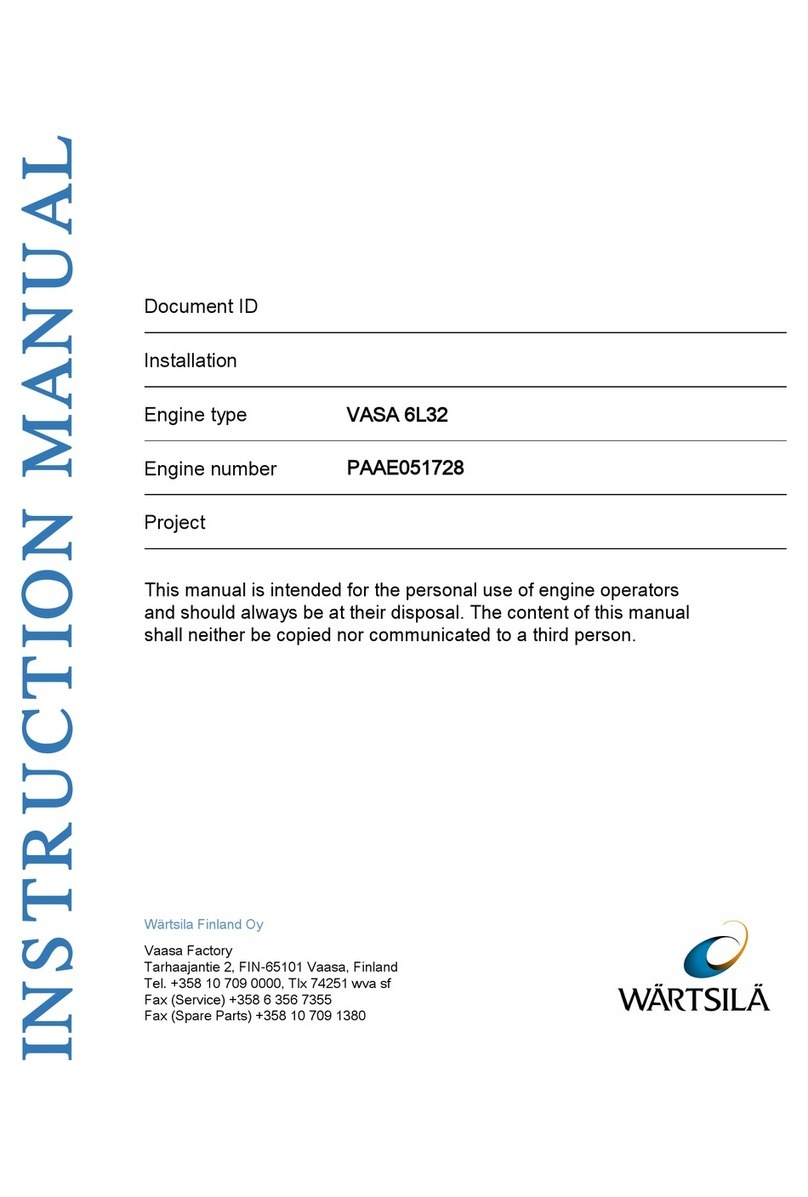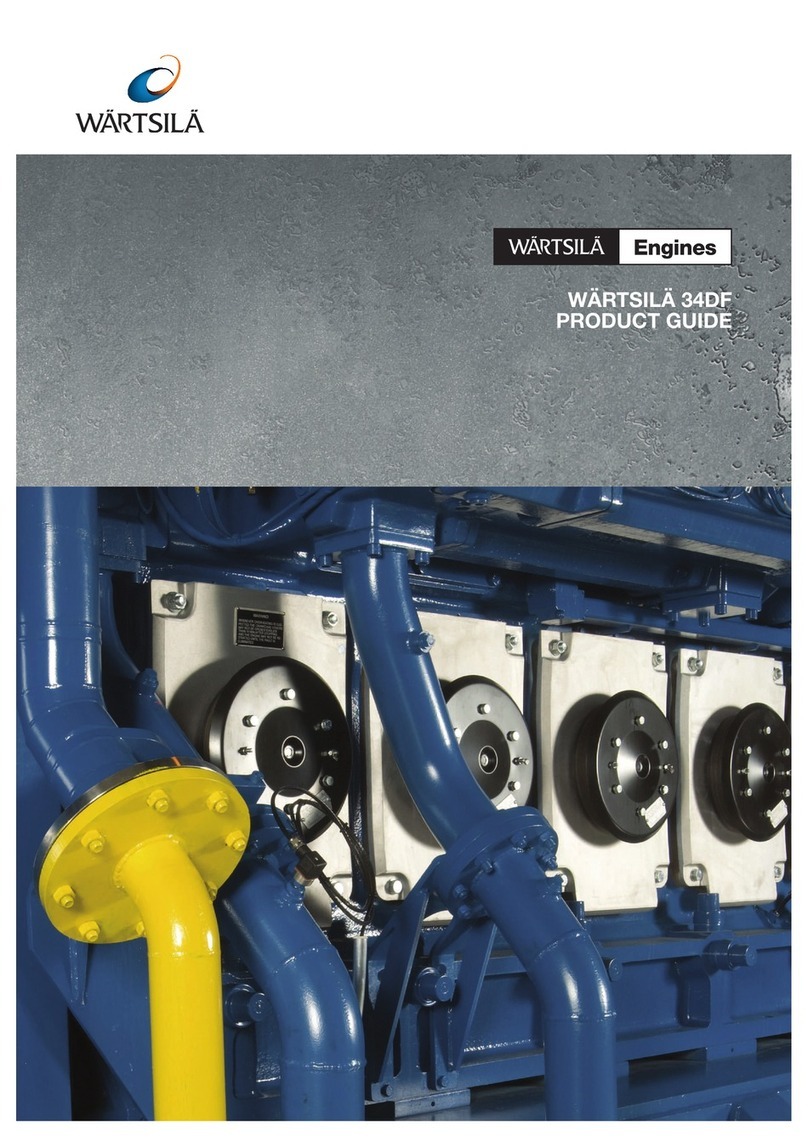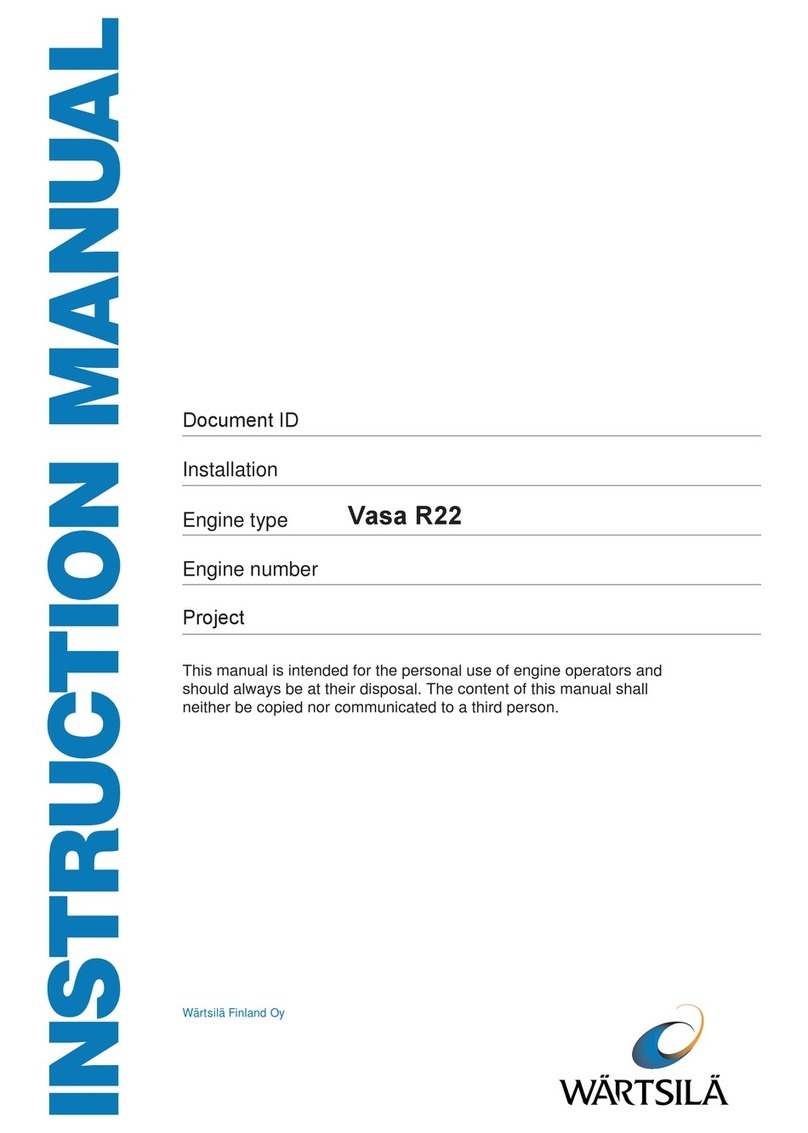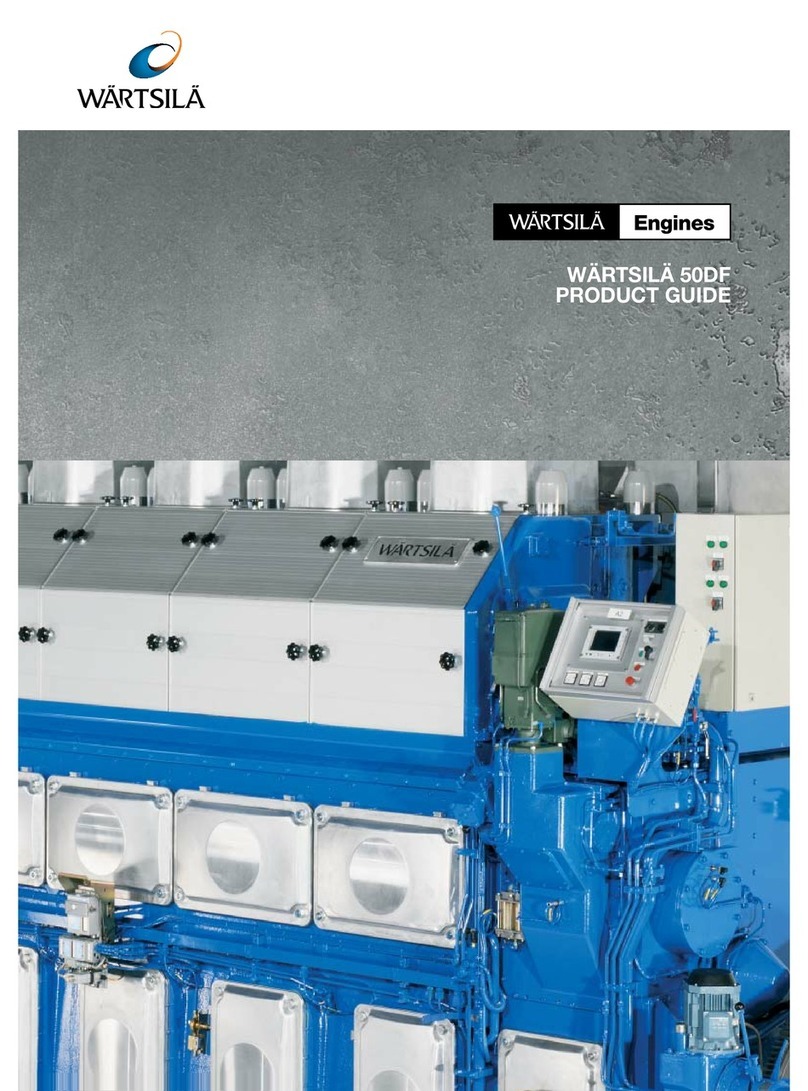
Table of contents
1-11. Main Data and Outputs ............................................................................................................................
1-11.1 Maximum continuous output ...............................................................................................................
1-21.2 Output limitations in gas mode ............................................................................................................
1-51.3 Reference conditions ...........................................................................................................................
1-51.4 Operation in inclined position ..............................................................................................................
1-61.5 Dimensions and weights ......................................................................................................................
2-12. Operating Ranges ....................................................................................................................................
2-12.1 Engine operating range ........................................................................................................................
2-22.2 Loading capacity ..................................................................................................................................
2-62.3 Operation at low load and idling ..........................................................................................................
2-82.4 Low air temperature ............................................................................................................................
3-13. Technical Data ..........................................................................................................................................
3-13.1 Introduction ..........................................................................................................................................
3-13.2 Wärtsilä 6L46DF ...................................................................................................................................
3-53.3 Wärtsilä 7L46DF ...................................................................................................................................
3-93.4 Wärtsilä 8L46DF ...................................................................................................................................
3-133.5 Wärtsilä 9L46DF ...................................................................................................................................
3-173.6 Wärtsilä 12V46DF .................................................................................................................................
3-213.7 Wärtsilä 14V46DF .................................................................................................................................
3-253.8 Wärtsilä 16V46DF .................................................................................................................................
4-14. Description of the Engine ........................................................................................................................
4-14.1 Definitions .............................................................................................................................................
4-14.2 Main components and systems ...........................................................................................................
4-64.3 Cross section of the engine ..................................................................................................................
4-84.4 Overhaul intervals and expected life times ..........................................................................................
4-84.5 Engine storage .....................................................................................................................................
5-15. Piping Design, Treatment and Installation .............................................................................................
5-15.1 Pipe dimensions ...................................................................................................................................
5-25.2 Trace heating ........................................................................................................................................
5-25.3 Pressure class ......................................................................................................................................
5-35.4 Pipe class .............................................................................................................................................
5-45.5 Insulation ..............................................................................................................................................
5-45.6 Local gauges ........................................................................................................................................
5-45.7 Cleaning procedures ............................................................................................................................
5-65.8 Flexible pipe connections .....................................................................................................................
5-85.9 Clamping of pipes ................................................................................................................................
6-16. Fuel System ..............................................................................................................................................
6-16.1 Acceptable fuel characteristics ............................................................................................................
6-106.2 Operating principles .............................................................................................................................
6-116.3 Fuel gas system ...................................................................................................................................
6-236.4 Fuel oil system ......................................................................................................................................
7-17. Lubricating Oil System ............................................................................................................................
7-17.1 Lubricating oil requirements .................................................................................................................
7-37.2 Internal lubricating oil system ...............................................................................................................
7-77.3 External lubricating oil system .............................................................................................................
7-197.4 Crankcase ventilation system .............................................................................................................
7-217.5 Flushing instructions ............................................................................................................................
DBAD209883 v
Table of contentsWärtsilä 46DF Product Guide

